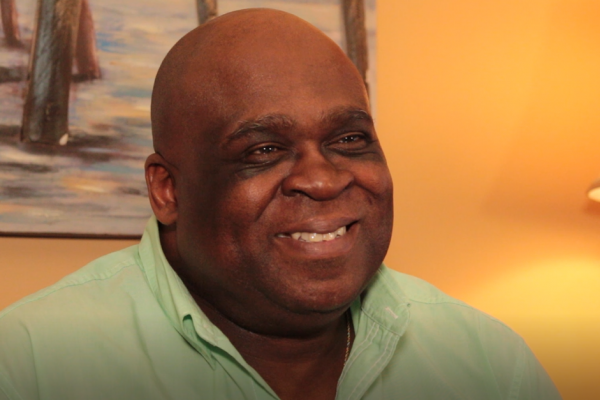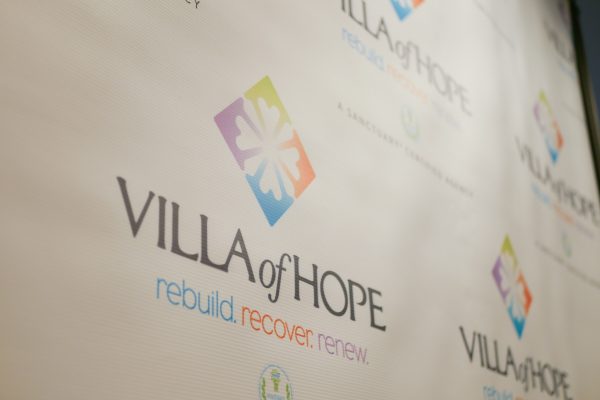Darwin figured it out.
The only way to survive is to adapt to your ever-changing environment. It may take time and you may encounter challenges along the way, but even incremental change increases your chances of survival over the one who does not evolve. And, if you are lucky, you may even become something different and better.
Adaptive change is evolution. External forces affect how our systems work and destabilize them. Adaptive change is how our systems evolve to close the gap between where we are today and where we need to be to meet external needs and forces. One of the brutal facts facing human service agencies is this: the external forces straining the human services sector are accelerating and will not slow down in the near future. Research provides new alternatives; federal and state budget priorities change; private funders shift their focus; community and client needs change and new dangers emerge in our society. Unless we can master adaptive change, many of us will be extinct.
What does it mean to lead adaptive change? This is a question of values and guiding principles. These are not easy questions, and top leaders need to develop deep levels of personal questioning and self-awareness in order to answer the following every day:
- Are we doing what is right – for our clients, for our community, for our team?
- Are we leading in a way that will help teams cope with change?
- Are we being honest with our board, our community and ourselves about our success?
What does it mean to manage adaptive change? If we can lead it, we can manage it, right? Not necessarily. What we do influences how we do it, but they are not the same – the process needs managing. Therefore, the questions you need to ask yourself in managing adaptive change might be:
- Are we doing the right things in the right manner?
- Are we taking shortcuts?
- Are we investing in priorities or cutting those budgets?
- Do we truly claim ownership of the change process?
- Are we confronting the brutal truths of our situation?
- If we are not doing the right things, are we identifying key issues and offering appropriate solutions?
- Do we have the courage to do what needs to be done?
In this paper, we will be sharing key elements of adaptive change leadership and management to rebuild your foundation to stop the leaking, recover your agency’s strengths to confront the brutal facts, and renew your staff to defend their agency’s future.
Confronting the brutal facts: St. Joseph’s Villa
If we follow the trends others are setting, we are not leading and we put ourselves at risk of extinction. Study the environment, look at your data – chew it up many ways to see if the story it tells is consistent. Those are your brutal facts. That is your reality. Whether you like it, or whether you do not – it IS.
In November 2010, almost six months into the 2011 fiscal year, Christina Gullo stepped into the role of President & CEO at St. Joseph’s Villa. In addition to having a clinical background, Gullo brought diverse experience in nonprofit leadership including human resources, marketing, operations, and strategy. It did not take long for some brutal facts to emerge, and soon Gullo was shining light on issues that could shut the doors of a seventy-year-old community resource.
 Major changes in New York State’s Office of Children and Family Services (OCFS) residential philosophy of care, combined with outdated program models and outdated staff expertise, created a perfect storm of deficits, workplace culture challenges and instability at several institutions, including St. Joseph’s Villa. Their program was not meeting the increasing needs of youth, lengths of stay were shortening, occupancy rates were down, and incident rates were up. Despite the 34% dip in occupancy, the corresponding expense reductions were not enforced. Because of this, St. Joseph’s Villa’s unrestricted operating funds and Foundation balance were dwindling from closing the gaps. At the end of the 2011 fiscal year, St. Joseph’s Villa recorded an operating deficit of $1.1M – bringing the three-year deficit tally to $1.74M.
Major changes in New York State’s Office of Children and Family Services (OCFS) residential philosophy of care, combined with outdated program models and outdated staff expertise, created a perfect storm of deficits, workplace culture challenges and instability at several institutions, including St. Joseph’s Villa. Their program was not meeting the increasing needs of youth, lengths of stay were shortening, occupancy rates were down, and incident rates were up. Despite the 34% dip in occupancy, the corresponding expense reductions were not enforced. Because of this, St. Joseph’s Villa’s unrestricted operating funds and Foundation balance were dwindling from closing the gaps. At the end of the 2011 fiscal year, St. Joseph’s Villa recorded an operating deficit of $1.1M – bringing the three-year deficit tally to $1.74M.
You might be asking, “Where was the alarm?” or, “How could they not see that coming?” The answers contain more facts that are brutal:
- Financial reporting systems were antiquated and much of it was being done manually.
- The budget was one large bucket with no way to measure the income and expenses for individual programs.
- Decisions were made by a three-member leadership team and dictated down to programs.
- There were no Key Performance Indicators (KPI’s) for program quality, compliance, or for financial viability.
- The strategic plan was not operationalized, and the plan’s objectives were not clear.
- Program managers were not empowered to build and change their own programs, leading to a lack of ownership of any part of the program – particularly around spending.
- Leadership in key functional areas was deficient for the needs at the time: Finance, Operations, Marketing and Development
- Innovation of new programming was non-existent.
- The organization’s reputation suffered with funders and licensing bodies; referrals were decreasing.
Rebuild
A team you trust: Are the right people on your senior leadership team bus?
The good to great leaders understood … if you begin with “who,” rather than “what,” you can more easily adapt to a changing world…The right people don’t need to be tightly managed or fired up; they will be self-motivated by the inner drive to produce the best results and to be part of creating something great….If you have the wrong people, it doesn’t matter whether you discover the right direction; you still won’t have a great company. Great vision without great people is irrelevant.
Even with the wide range of experience Gullo brought to the table, a complex crisis such as this could not be handled alone. She engaged J.C. Jones & Associates LLC to identify core issues, develop and execute a comprehensive turnaround plan, and start to build a strategy for recovery. P.J. Guisto, Managing Partner of J.C. Jones & Associates LLC in Rochester, consults with corporate and nonprofit clients to help them identify what is best for them, and acts upon his philosophy that, “You must start with a strategy to determine the capabilities and skill sets necessary to achieve the goals,” (Gable, p. 12). This helps an organization identify leadership gaps, and pinpoint the appropriate skills to seek when filling top-level positions.
Deficits in senior leadership presented themselves at St. Joseph’s Villa. The organizational structure was flat, slow to react to change, and inefficient. There were no opportunities for leadership development and advancement. Internal communication was unclear and not transparent. Lack of accountability led to inconsistent performance and workloads. Staff were rarely included in the decision-making process and as layoffs started, staff began to feel unsafe in their work environment. The putting out of multiple fires across the agency had to stop.
In the next eight years, many of those top senior leadership positions would turn over more than once. As the agency progressed and became more adept and responding to external forces, leadership positions evolved. There were times a staff person possessed a skill set and philosophy perfect for the position upon acceptance, but those individuals did not evolve with the needs of the agency.
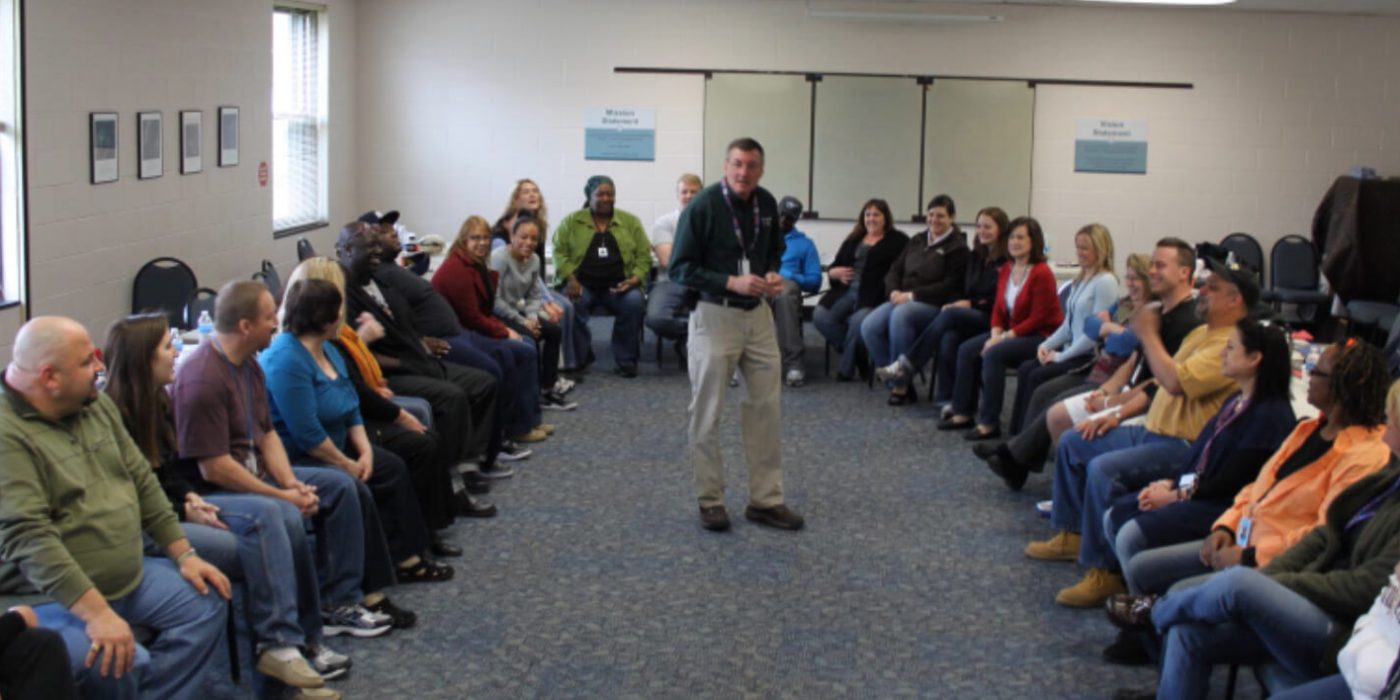
There is an old saying that “Some people are with us for a reason, a season, or a lifetime.” True adaptive leadership requires both the attention and the courage to notice if our team or ourselves fit any of those timeframes. Gullo has stated “The most valuable skills in our modern Executive Leadership Team are resilience to confront the facts, flexibility to adapt to changing needs, and the leadership and vulnerability to guide others through those changes.” Note the top skills Gullo references are not teachable skills such as running reports, negotiating contracts or project management; rather, the most important skills are those that come with experience and education – including learning from past failures. In fact, every member of Gullo’s current leadership team understands that true leadership development starts from within and engages in individual executive coaching and sessions as a team.
John Kotter summarizes these adaptive leadership skills in his book Corporate Culture and Performance, “…When describing how the cultures of the better performers had influenced their economic results, interviewees often referred to qualities such as leadership, entrepreneurship, prudent risk taking, candid discussions, innovation and flexibility. Those were seen as cultural traits that helped firms do well in a changing business environment. In other words, they saw a causal link going from cultures that value leadership and other qualities mentioned above to superior performance – an assessment that is entirely consistent with the adaptive-cultures viewpoint,” (p. 47).
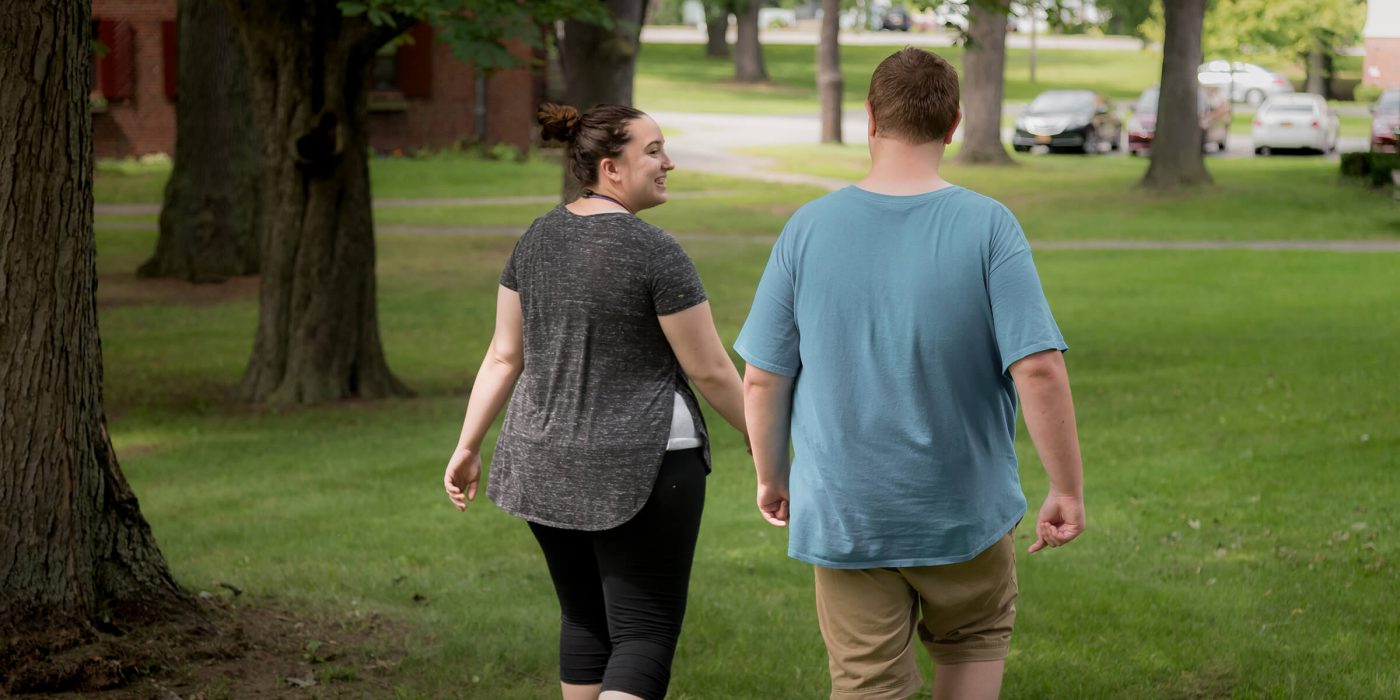
As you rebuild your team, you begin to see real changes – not only in operations and in hitting KPIs, but also in how the team works together towards goals and overcomes challenges. Teams begin to manage adaptive change on their own. “The best teams also translate their common purpose into specific performance goals…Indeed, if a team fails to establish specific performance goals or if those goals do not relate directly to the team’s overall purpose, team members become confused, pull apart, and revert to mediocre performance. By contrast, when purposes and goals build on one another and are combined with team commitment, they become a powerful engine of performance,” (Katzenbach & Smith, p. 42).
What’s in the Petri dish? Identifying the culture and how to treat it. An institution should build its culture from the bottom up to appropriately support its operational staff, the institutional mission, and successful organizational change.
A culture assessment is of little value unless it is tied to some organizational problem or issue. In other words, diagnosing a culture for its own sake is not only too vast a problem, but also may be viewed as boring and useless. On the other hand, if the organization has a purpose, a new strategy, or a problem to be solved, then to determine how culture impacts the issue is not only useful but in most cases, necessary.
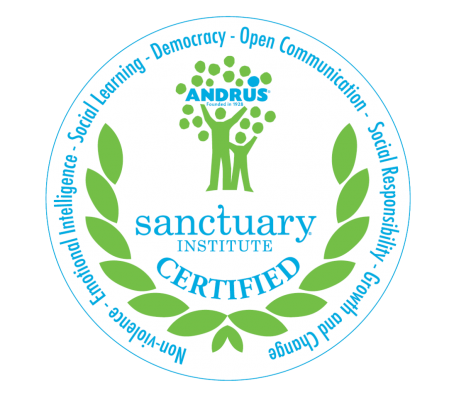 Gullo saw the need for an organizational model that would help the employees of St. Joseph’s Villa cope both with change in addition to the stressors of their emotionally taxing work. After forming a cross-functional Work Group to research organizational models, the Work Group selected the Sanctuary Model. This choice was rooted in the fact that the Sanctuary Model’s use is not only for employees, but also for the youth and families St. Joseph’s Villa serves. The Sanctuary Model is an organizational and treatment intervention based on trauma theory that is infused with a deep understanding of systems theory. It addresses not only the effects of trauma on individual and employee behavior, but also the role trauma and chronic stress play on organizational success. The Sanctuary Model brings a perspective that asks “What’s happened to you?” rather than “What’s wrong with you?” when organizing goals and assessing strengths and challenges.
Gullo saw the need for an organizational model that would help the employees of St. Joseph’s Villa cope both with change in addition to the stressors of their emotionally taxing work. After forming a cross-functional Work Group to research organizational models, the Work Group selected the Sanctuary Model. This choice was rooted in the fact that the Sanctuary Model’s use is not only for employees, but also for the youth and families St. Joseph’s Villa serves. The Sanctuary Model is an organizational and treatment intervention based on trauma theory that is infused with a deep understanding of systems theory. It addresses not only the effects of trauma on individual and employee behavior, but also the role trauma and chronic stress play on organizational success. The Sanctuary Model brings a perspective that asks “What’s happened to you?” rather than “What’s wrong with you?” when organizing goals and assessing strengths and challenges.
The Sanctuary Model’s seven commitments have become the Villa’s guiding principles for how the agency provides services to youth and families and works within the community.
- Nonviolence
- Emotional Intelligence
- Social Learning
- Open Communication
- Social Responsibility
- Democracy
- Growth and Change
The Sanctuary Model’s recognition of the inherent resilience in people and the belief that they can heal makes it the very core of the agency’s cultural transformation (Mortell, Gullo & Winsten, p. 113).
Recover
Role with it, Baby: Define roles and clarify expectations of attitude, behavior and performance.
As the strategy work of the leadership team progressed, both the organization’s outdated structure and role confusion emerged as critical weaknesses. Lack of role clarity was leading to duplicated work, gaps in processes, uneven workloads, and cultural tension.
A lack of both resources and infrastructure hampered the institution’s ability to measure outcomes and community impact. The balanced scorecard demanded an investment in information technology at a time when manually produced and tracked data compiled reporting metrics. Consultants analyzed the Villa’s Information Technology needs based on each program area’s defined targets and metrics. The organization issued a request for proposal for a data system to track outcomes related to client profiles and activities, performance measures, and fiscal controls and expenditures. Gullo knew that new technology to track outcomes would allow the organization to consistently evaluate progress and determine outcome success and has since reflected that, “It also fostered innovation and accountability, giving staff the data to make programmatic decisions that are client-informed, embedded in best practices, and responsive to change.”
St. Joseph’s Villa moved to a pay-for-performance system, with the new vision and guiding values clearly translated into operational goals. Job descriptions now included guiding principles, and those principles linked to performance appraisals and supervisory tools. These tools help staff to clarify roles, not only for themselves, but for other members of their team. They also build an understanding of how one’s work contributes to the overall success. “Genuinely people have a strong desire to fulfill the expectations and accountabilities of their role. As part of strategic management, it is important for individuals, teams and even organizations to have a clear definition of their roles, an understanding of the interdependence of roles within the organizational structure and finally, clear alignment of roles and structure to achieving the organizations mission, purpose and priorities,” (Hoy, 2012).
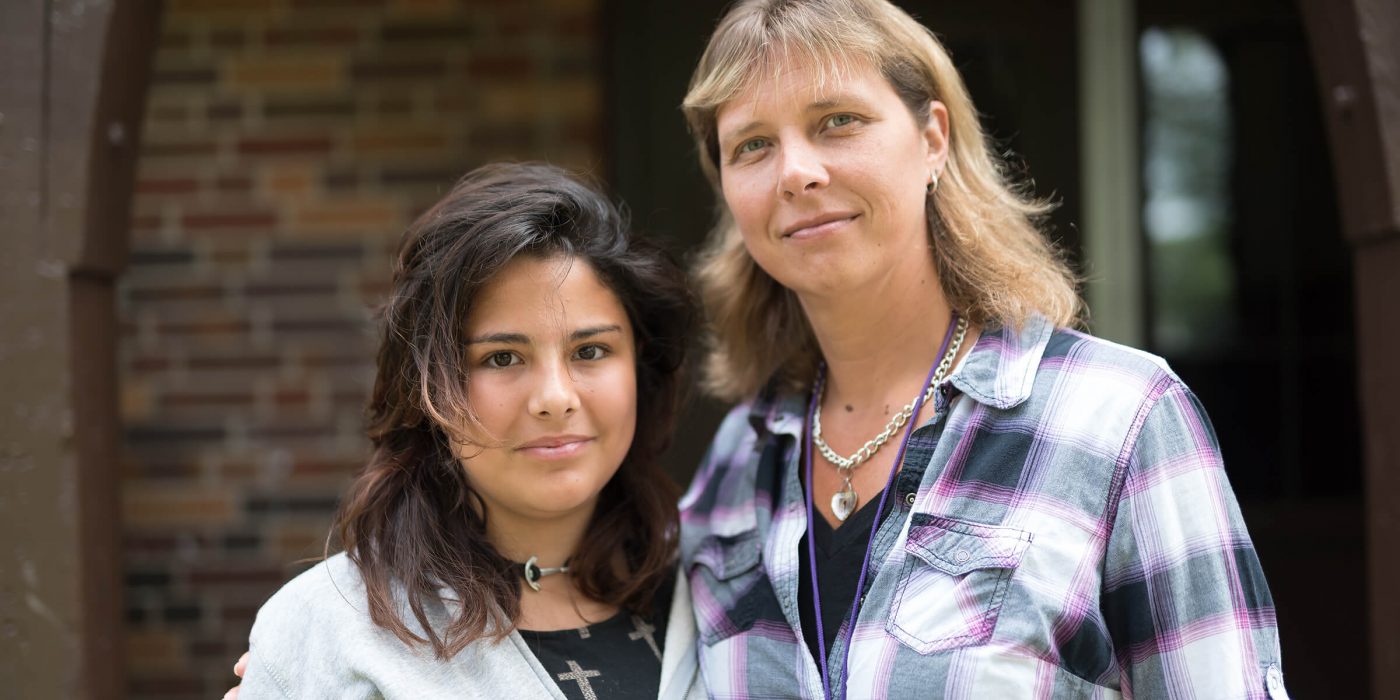
Renew
If the plane is going down, put YOUR mask on first! Build personal resilience and Hope for the future.
Vicarious trauma has many aliases: compassion fatigue, burnout, secondary trauma, and co-victimization just to name a few. In our world of child welfare advocacy, vicarious trauma is often caused by hearing victims’ histories, and experiencing reenactments or aggression from youth or families in our care. Vicarious trauma leaves staff feeling disconnected, exhausted, unsafe and hopeless. This can lead to withdrawal, cynicism, and reduced efficacy. Staff need support and guidance to build their personal resilience. The Sanctuary Model Toolkit includes the Self-Care Plan, a series of trainings and tools for staff to develop their own proactive plan to take better care of themselves personally, professionally, organizationally, and socially. Having a supported plan in place provides a sense of acceptance for self-care and stresses its importance. With regular self-care, employees may experience an increase in their sense of overall well-being, greater clarity of thought and increased resilience to stressors.
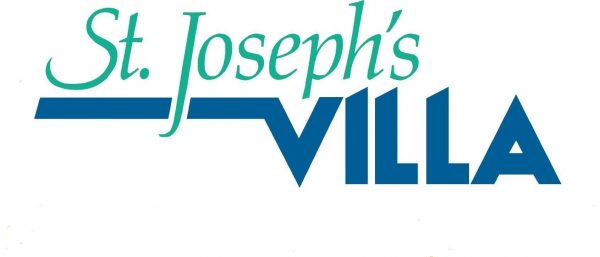 Gullo knew St. Joseph’s Villa needed a renewed vision to keep the momentum going. Leveraging one of the seven commitments of Sanctuary, democracy, the organization’s leadership guided conversations about what the organization could become, involving staff across all levels of the organization to ensure a shared understanding of the vision. Concurrently, the senior leadership team listened to and began working with their teams on formulating strategies in the attempt to rebuild the foundation and innovate new ways to move toward that vision. “This was all about the culture we were building, the leaders to whom staff report and strategy deployment so that all staff could see how they impact the overall Villa strategy in their everyday work. Everyone wants to feel part of something larger, see his or her role in it and know that are making a difference,” said Gullo.
Gullo knew St. Joseph’s Villa needed a renewed vision to keep the momentum going. Leveraging one of the seven commitments of Sanctuary, democracy, the organization’s leadership guided conversations about what the organization could become, involving staff across all levels of the organization to ensure a shared understanding of the vision. Concurrently, the senior leadership team listened to and began working with their teams on formulating strategies in the attempt to rebuild the foundation and innovate new ways to move toward that vision. “This was all about the culture we were building, the leaders to whom staff report and strategy deployment so that all staff could see how they impact the overall Villa strategy in their everyday work. Everyone wants to feel part of something larger, see his or her role in it and know that are making a difference,” said Gullo.
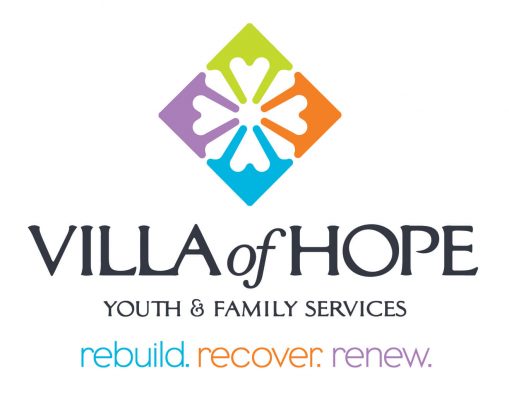 In April of 2013, the evolution of St. Joseph’s Villa became tangible with a formal rebranding to Villa of Hope. The rebranding signaled a new future focus, and the acceptance to leave the difficulties behind while respecting the agency’s history. Known as “The Villa” locally, that part remained while giving a renewed look, feel and focus on Hope as per the strategic vision. The tag line in the new logo summarizes the Villa’s work:
In April of 2013, the evolution of St. Joseph’s Villa became tangible with a formal rebranding to Villa of Hope. The rebranding signaled a new future focus, and the acceptance to leave the difficulties behind while respecting the agency’s history. Known as “The Villa” locally, that part remained while giving a renewed look, feel and focus on Hope as per the strategic vision. The tag line in the new logo summarizes the Villa’s work:
Rebuild. Recover. Renew.
At the start of this paper, we promised to share key elements of adaptive change leadership and management to rebuild your foundation to stop the leaking, recover your agency’s strengths to confront the brutal facts, and renew your staff to defend their agency’s future. We accomplished this through sharing the Villa of Hope’s story of:
- Diving in deep and confronting the brutal facts.
- Rebuilding a leadership team based in trust.
- Rebuilding the culture and adopting the Sanctuary Model.
- Recovering efficiency and strength with clear roles and accountability.
- Renewing emphasis on increasing employee personal resilience through self-care.
- Renewing agency vision through democracy, listening and strategy implementation.
- Renewing the image of the agency through rebranding.
But, Does It Really Work?
The journey is not short. Many difficult, emotional decisions were made along the way. Here is what our team can tell you today: Eight years later, at the end of FY2017, the Villa had its first surplus in over 10 years, and the most recent FY2018 audited financials recorded the second. All this happened while the Villa’s employee turnover rate dropped eleven percent.
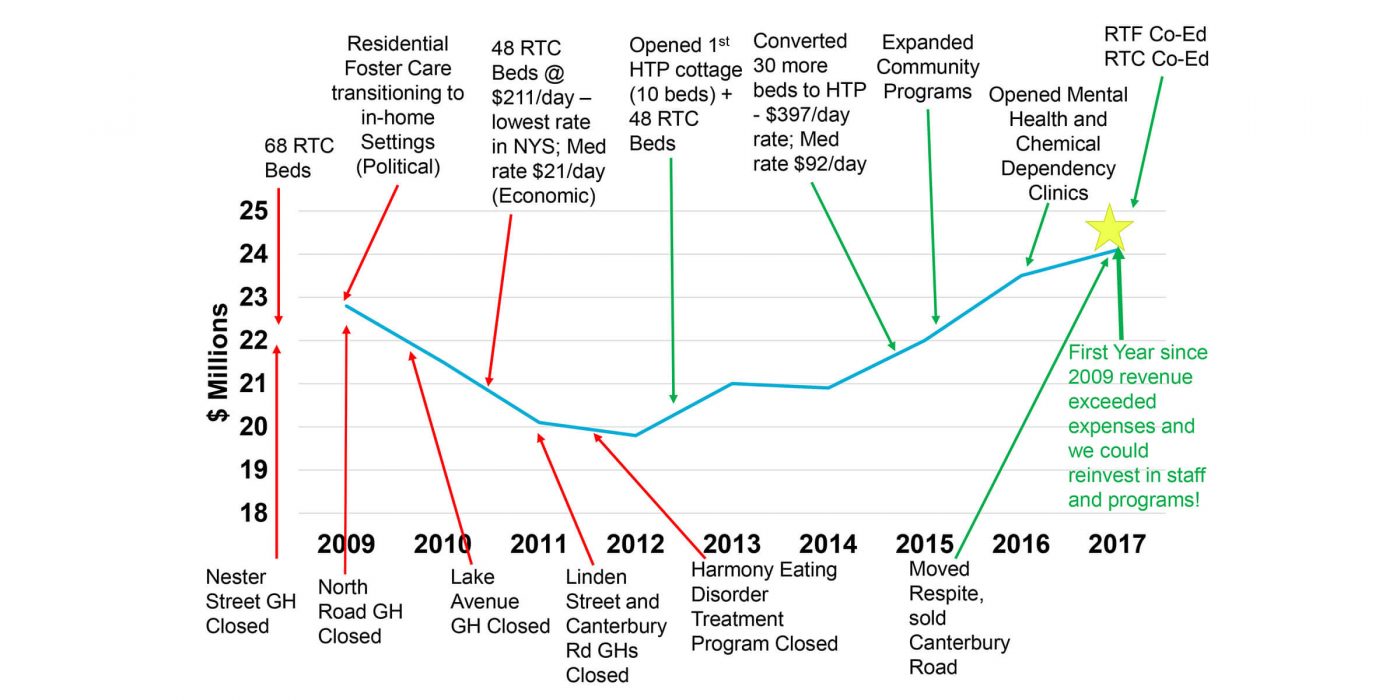
Even more exciting, though, is to see what happens after years of appropriate leadership and management focused on the recurring cycle of adaptive change. Programs and revenue streams are diversifying; teams are solving problems independently; and the brutal facts are part of conversations in a judgement-free zone. All of this leads to building a positive momentum, which in turn motivates teams to continue to grow. This is the time to, “Construct opportunities to deeply embed the new values and practices into the team culture, thereby creating a new normal,” (Moore, p. 87). This gives teams the tools and inspiration to defend the future of the organization.
After reviewing the financial and operational path of the last 9 years in the first graph, you can see in the second graph on the next page how Villa of Hope continues to leverage leadership and management of adaptive change to meet the changing needs of the environment. The momentum is visible in the agency’s growth trajectory for 2018-2019. This is only accomplished with a team that leads and manages through an ever-changing environment, looks ahead, and prepares for the future.
Through exercising adaptive change, Villa of Hope helps individuals, youth and families to rebuild relationships; helps them recover from trauma, addiction, abuse and mental illness; and renews Hope for the future of our communities.
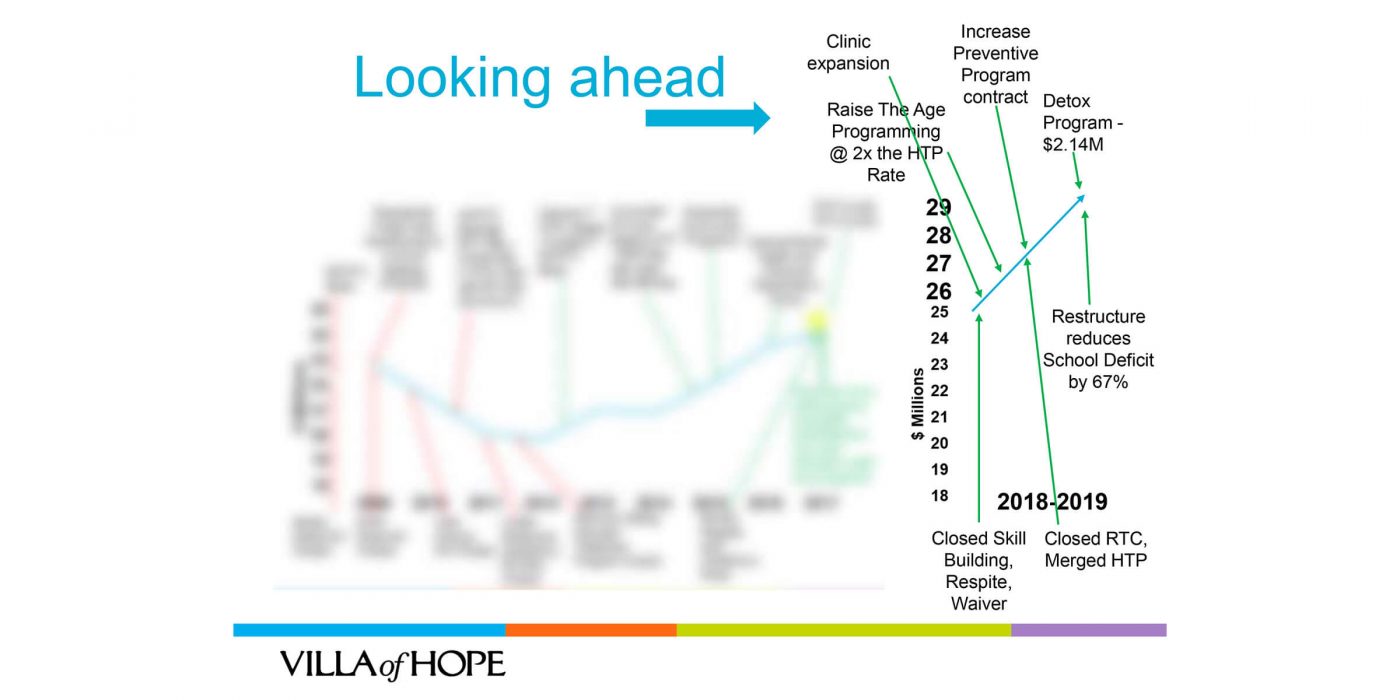
What do I do next?
Feeling motivated to begin your journey right now? See Appendix A and start seeking the truths for your organization and yourself.
Works Cited
Collins, Jim. 2001. Good to Great: Why Some Companies Make the Leap…and Others Don’t. Harper B Collins Publishers, Inc. New York, NY. USA.
Gable, Lori. “Consultants help firms engender culture of success”. Rochester Business Journal. January 13, 2017. Pp 12-13.
Hoy, David. “5 Actions That Support Role Accountability and Clarity.” May 8, 2012. http://www.kesa.ca/blog/bid/139718/5-Actions-that-Support-Role-Clarity-and-Accountability
Katzenbach, J.R., & Smith, D.K. 2013. “The Discipline of Teams”. HBR’s 10 Must Reads on Teams. Harvard Business School Publishing Corporation. Boston, MA. USA.
Kotter, John P. Corporate Culture and Performance. 1992. Simon & Schuster. New York, NY.USA.
Moore, Tony. 2018. Culture in 4D. Richter Publishing. Columbia, SC. USA.
Mortell, Michael, Gullo, Christina, Winsten, Patricia. 2014. Making Strategy Count in the Health and Human Services Sector. Springer Publishing Company, LLC. New York, NY.USA.
Schein, Edgar H. 2010. Corporate Culture Survival Guide. Jossey-Bass. San Francisco, CA.USA.
Appendix A – Digging Deep on the Journey for Adaptive Change
Find a safe place. It is just you and you in a room here. No one will see your answers. Be completely honest with yourself with these questions. This might be the toughest part of the journey!
Adaptive Change Leadership questions:
Are we doing what is right – for our clients, for our community, for our team?
Are we leading in a way that will help teams cope with change? Do they have the tools, coaching and support needed?
Are we being honest with our board, our community and ourselves about our success? Are we glossing over or neglecting any brutal truths?
Adaptive Change Management questions:
Are we doing the right things in the right manner?
- Are we taking shortcuts?
- Are we investing in priorities or cutting those budgets?
- Do we truly claim ownership of the change process?
- Are we confronting the brutal truths of our situation?
If we are not doing the right things, are we identifying issues and offering solutions?
Do we have the courage to do what needs to be done?
Personal questions:
Do I have the courage to face the facts, and face the board and staff with those facts? If not, what are my barriers?
Do I want to put in the energy, patience, and risk necessary on this journey at this point in my career or life?
What does it mean if either or both of the above I answered no?
What comes next if I answered yes to the questions above?
